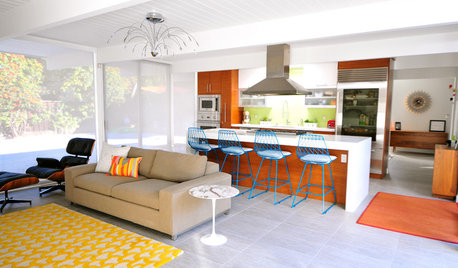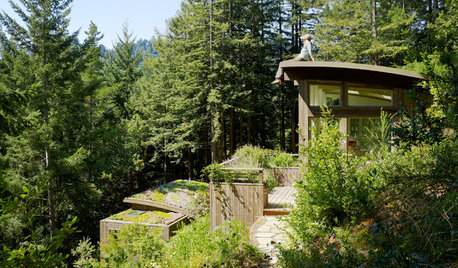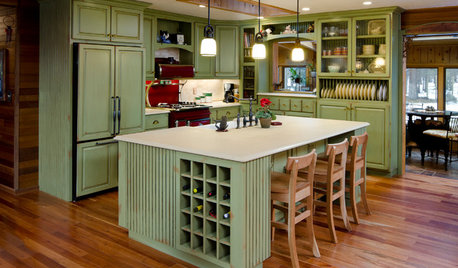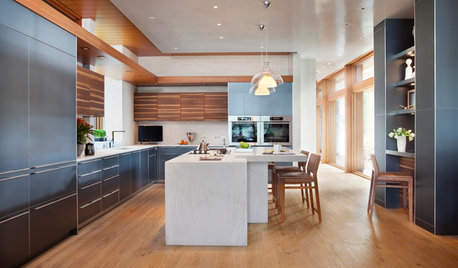improving upon thuja
still_lynnski
14 years ago
Related Stories

DECORATING GUIDESImproving a Rental: Great Ideas for the Short and Long Haul
Don't settle for bland or blech just because you rent. Make your home feel more like you with these improvements from minor to major
Full Story
HOUSEKEEPING5 Steps to Improve Your Heating System Now
Increase your heater's efficiency and safety for lower energy bills and greater peace of mind this winter
Full Story
CRAFTSDIY Project: Home Improvement Store Pop Art
Turn Drywall Mud and Paint Into a Minimalist Conversation Piece
Full Story
MIDCENTURY HOMESHouzz Tour: An Eichler Remodel Spawns a Design Career
A homeowner finds her true calling upon redesigning her family's entire California home
Full Story
HOME IMPROVEMENT SALEShop Houzz: Up to 70% Off Fire Pits, Outdoor Heaters and More
Save on just the right fire feature for your outdoor room
Full Story
REMODELING GUIDESLiving Roofs Crown Green Design
Living roofs save energy, improve air, water, curb appeal — and the view from above doesn't hurt either
Full Story
MOST POPULARHow to Reface Your Old Kitchen Cabinets
Find out what’s involved in updating your cabinets by refinishing or replacing doors and drawers
Full Story
GREAT HOME PROJECTSHow to Add Toe Kick Drawers for More Storage
Great project: Install low-lying drawers in your kitchen or bath to hold step stools, pet bowls, linens and more
Full Story
GREAT HOME PROJECTSWhat to Know Before Refinishing Your Floors
Learn costs and other important details about renewing a hardwood floor — and the one mistake you should avoid
Full Story
KITCHEN STORAGECabinets 101: How to Get the Storage You Want
Combine beauty and function in all of your cabinetry by keeping these basics in mind
Full Story









woodyoak zone 5 southern Ont., Canada
mjsee
Related Professionals
Brookfield Landscape Contractors · Canyon Lake Landscape Contractors · Cedar Hill Landscape Contractors · Deerfield Beach Landscape Contractors · Nashua Landscape Contractors · Old Saybrook Landscape Contractors · Reedley Landscape Contractors · South Farmingdale Landscape Contractors · Hull Decks, Patios & Outdoor Enclosures · Morgan Hill Decks, Patios & Outdoor Enclosures · Oswego Decks, Patios & Outdoor Enclosures · Parker Decks, Patios & Outdoor Enclosures · Saint Louis Park Decks, Patios & Outdoor Enclosures · Westford Decks, Patios & Outdoor Enclosures · Norwood Stone, Pavers & Concretestill_lynnskiOriginal Author
woodyoak zone 5 southern Ont., Canada
woodyoak zone 5 southern Ont., Canada
still_lynnskiOriginal Author
woodyoak zone 5 southern Ont., Canada